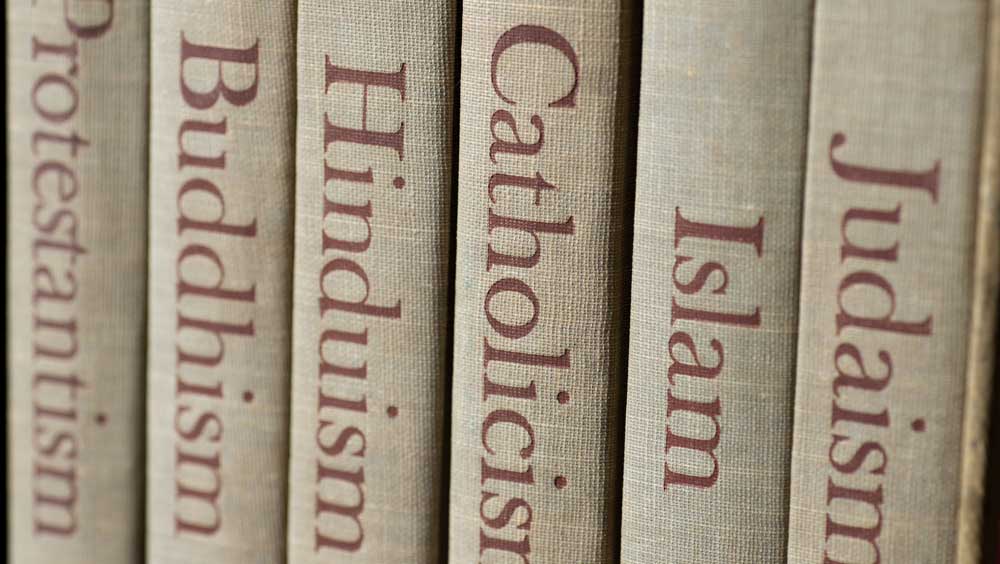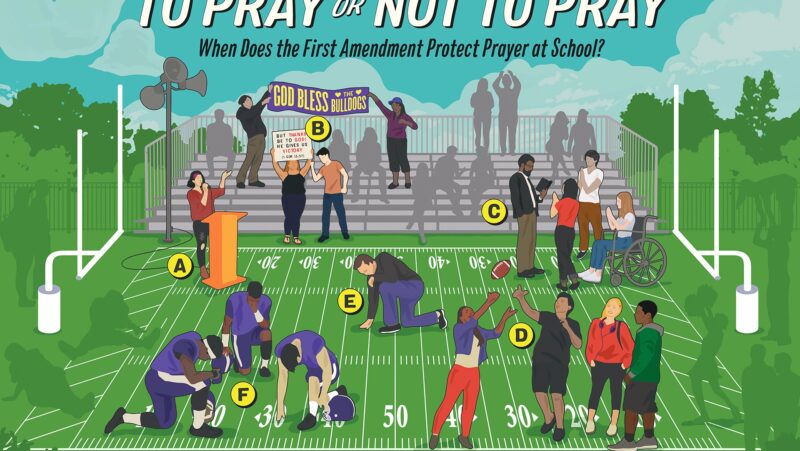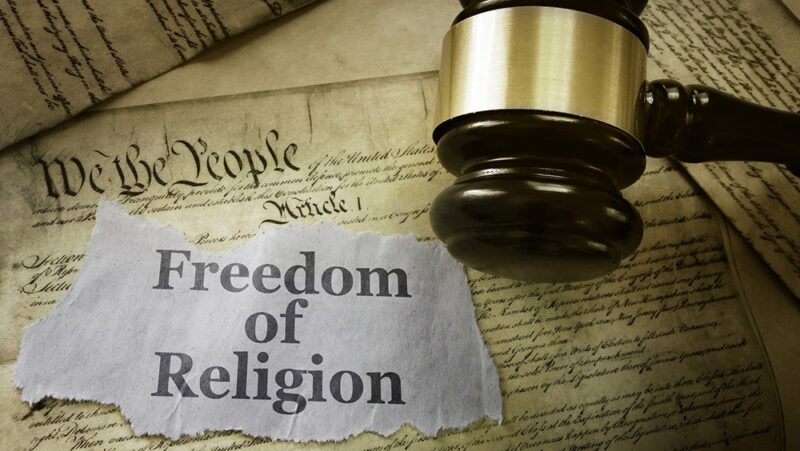When is a Religious Symbol Not a Religious Symbol?

Can a Latin cross ever be anything other than a symbol of the crucifixion and resurrection of Jesus? Can religious symbols or practices — Christian, Hindu, Native American or other — take on other meanings?
In the “Peace Cross Case” — American Legion v. American Humanist Association — the U.S. Supreme Court was presented with the question of whether it was constitutional for a 32-foot cross, maintained by taxpayer dollars, to remain on Maryland state property, where it has been since 1925.
Justice Samuel Alito, a Roman Catholic, wrote: “The cross came into widespread use as a symbol of Christianity by the fourth century and it retains that meaning today. But there are many contexts in which the symbol has also taken on a secular meaning. Indeed, there are instances in which its message is now almost entirely secular.”
Perhaps the most important question raised by the ruling: Are courts or government agencies competent to adjudicate what is religious and what is not?
I think not. But the more we include religion in government-funded, public spaces, the more that courts and government agencies will be asked to determine the meaning and significance of religious symbols and practices.
Let’s go back to the Peace Cross Case. The cross in question was completed by the American Legion in 1925 to honor fallen soldiers from Bladensburg, Md., during World War I. A Roman Catholic priest and a Baptist pastor took part in the dedication ceremony and U.S. Rep. Stephen W. Gambrill asked attendees to think of the cross as “symbolic of Calvary.”
What did the court say? The cross can stay. It does not violate the Establishment Clause. Why? Justice Alito — writing the majority opinion and joined by Chief Justice Roberts and justices Breyer, Kagan and Kavanaugh — explained that though the cross is certainly religious for some folks, “With sufficient time, religiously expressive monuments, symbols and practices can become embedded features of a community’s landscape and identity. The community may come to value them without necessarily embracing their religious roots.”
Perhaps this ruling, and the court’s reasoning, should not surprise us. After all, 25 years ago, in the majority opinion in Lynch v. Donnelly, the U.S. Supreme Court repeatedly referred to wreaths, garlands, reindeer, carolers and even Santa Claus as “secular images” and “secular figures.” Tell that to the Christian carolers singing “O Come, O Come Emmanuel.” Or to Saint Nicholas of Myra.
The upshot? If religious communities want to spare themselves the pain of having a court say that a Latin cross or Santa are not primarily religious symbols for some people in some circumstances, then religious communities should reconsider whether it is in their best interest to ask governments to play a role in creating or maintaining religious symbols or practices in the public square.
Ultimately this is about what we want our government saying about religion. History tells us that individuals and communities ascribe new meanings to religious symbols and even religious ritual practices, in different times and places. The American Academy of Religion — the world’s largest and most respected professional association for scholars who study religion — affirms that a central premise of the study of religion is that religious interpretations and expressions change over time as they influence and are influenced by culture. But should we ask the government in a religiously diverse democracy to dictate how society should understand specific religious symbols or practices?
To be fair to courts, deciding whether a symbol or practice is religious, secular or both can be an incredibly difficult task that vexes even the most savvy theologians and religious studies scholars. It is precisely because answers to questions of definition and classification are so nuanced — and so important — that we should avoid putting the government in a position to make the call whenever possible.
Take yoga as a reminder of what is at stake. The type of yoga practiced today by tens of millions of Americans in the United States is often considered a secular physical activity that promotes mindfulness. Yet it has its origins in a Hindu religious practice. In 2015, the Court of Appeal for the Fourth Appellate District in California was asked to decide whether a yoga program in a physical education class is a religious activity that violates the California Constitution’s ban on the establishment of religion. Its answer: no. You might agree with the decision. But have you contemplated its effect on the religious identities of the Hindu Americans who started a Take Back Yoga campaign in 2010 because they mourned the fact that “Hinduism has lost control of [yoga’s] brand?”
Or take lacrosse. I would guess that fewer Americans recognize the connection — historic and contemporary — between the stick-and-ball sport and religion. Yet members of the Haudenosaunee, including the Onondaga Nation, consider the game to be sacred. From the Onondaga Nation website: “It is a game that was given by the Creator, to be played for the Creator, and has been known to have healing power.” What pain do we inflict on Haudenosaunee communities when we ignore the religious significance of the game while playing it in our public schools?
I do not mean to suggest it is easy to determine the extent to which yoga and lacrosse are religious — and by extension whether they should be allowed in public schools. But I know that when courts and government agencies decide that yoga and lacrosse are not entirely religious, they can compound the pain of religious communities that already consider themselves marginalized.
Back to Bladensburg. The Supreme Court affirmed the religious significance of the Latin cross, but they also suggested that the cross might be understood as both a religious and secular symbol in certain contexts. That should give pause to those Christians who feel sidelined by secularism but support governmental ownership and upkeep of the Peace Cross.
In the aftermath of the case, Harvey Weiner, the national judge advocate of the Jewish War Veterans of the United States Inc., lamented the suggestion that the Peace Cross is not primarily a symbol of Christ: “Alas, to Christians, that a war memorial Latin cross has significant meanings other than being the ultimate symbol of Christianity.”
So next time you want the government to support a religious practice or display your most cherished religious symbol, consider whether you are willing to have the government later say that those symbols or practices are not entirely religious after all.
Benjamin P. Marcus is the former fellow for religious freedom at Freedom Forum.
Infographic: To Pray or Not To Pray
13 Freedom of Religion Quotes You Should Know
Related Content

